
Continuous Application Modernization Platform
January 05, 2024
CloudHedge[a] being business partner of NTT DATA group, we bring the application modernization solutions from CloudHedge for our Japan and Global customers. Our partner has developed a platform to automate analysis, migration and containerization of applications. We aim to provide these services to our esteemed customers across Japan, Europe and North America and contribute to digitalization execution strategy.
Automated Application Assessments with CloudHedge: A Faster Path to Modernization on AWS
Application modernization is gaining momentum, and for good reason. The benefits are well-known: improved staff productivity leading to faster innovation, optimized infrastructure for reduced costs, and increased agility fostering new revenue streams. But how do you embark on this journey? Unlike the familiar "lift-and-shift" migrations, application modernization requires a unique approach, as automated execution mechanisms continue to evolve. We refer to it as a journey, recognizing that modernization is a substantial endeavor best tackled through incremental steps. A successful strategy entails a robust business case followed by in-depth insights into existing infrastructure and applications, quantifying effort and forming a solid foundation. While we've outlined several benefits of modernization, let's delve into the technology assessment that provides clarity on how to proceed with each application.
Not all applications necessitate refactoring; some align with other r-patterns as outlined in this guide. For those earmarked for refactoring, a detailed understanding is essential. Often, these applications are strategic but rely on legacy code built over decades with limited documentation. Attempting manual analysis of these applications can be overwhelming and lead to years of futile effort.
In this column, we'll explore the utilization of CloudHedge's new assessment tool to drive automated portfolio and enterprise application assessments for AWS Cloud. We'll delve into how a diverse range of application characteristics can guide the decision-making process for modernization, prioritizing efforts based on both business value and technical intricacies. As an AWS Migration and Modernization Competency Partner, CloudHedge specializes in application modernization through containerization and introduces DART (Discovery, Assessment and Rationalization Tool) to streamline organizations' initial steps in the modernization journey to AWS.
Helping Practitioners Define the Scope of Modernization
Enterprise app owners and development teams seek guidance in adopting cloud-native practices to leverage cloud strengths for innovation acceleration and sustainability. This can be addressed by assessing risks, complexities and efforts involved in adopting the cloud. Three steps have been found crucial for our customers:
- 1.Non-Intrusive Application Discovery
- 2.Application Assessment & Deep Analysis
- 3.Portfolio Rationalization
In today's evolving digital landscape, application discovery and modernization remain pivotal for sustainable growth. It's important that we transform this process, enabling successful discovery projects without demanding extensive data collection efforts from app owners. However, before embarking on the modernization journey, it's crucial to understand the step-by-step process and its alignment with your business objectives.
Step 1—Non-Intrusive Application Discovery
Start by identifying a target group of VMs and/or bare metal servers to analyze. It is recommended to focus on selecting the group of virtual machines (VMs) that drive your environments by application or business function. In Figure 1, we see the results of a network discovery run within the environment which depicts various hosts.
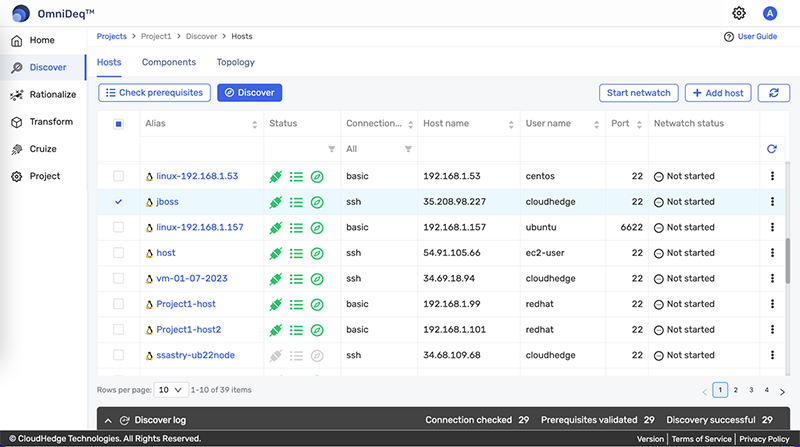
Figure 1: Host Discovery
Before scanning these VMs, they must be made accessible via ssh (Linux & AIX) or WinRM (Windows) through service accounts. Each host to be scanned is added to the "project" with the right credentials. In Figure 2, we execute an automated pre-requisite check against each host to verify access. This activity is completed prior to application discovery to mitigate access issues.
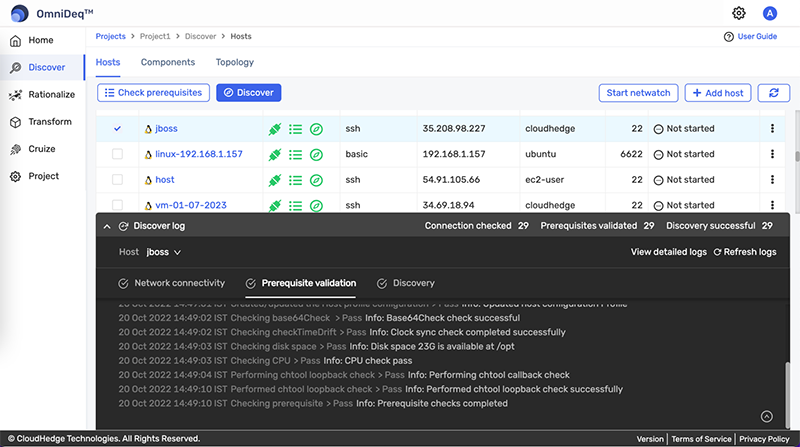
Figure 2: Prerequisite Validation
We can trigger discovery through the guided user interface console which initiates discovery across all hosts in a given project and comprehensive data collection about all application components (Figure 3). Think of it as a snapshot in time, capturing the current state of application elements on the chosen group of VMs.
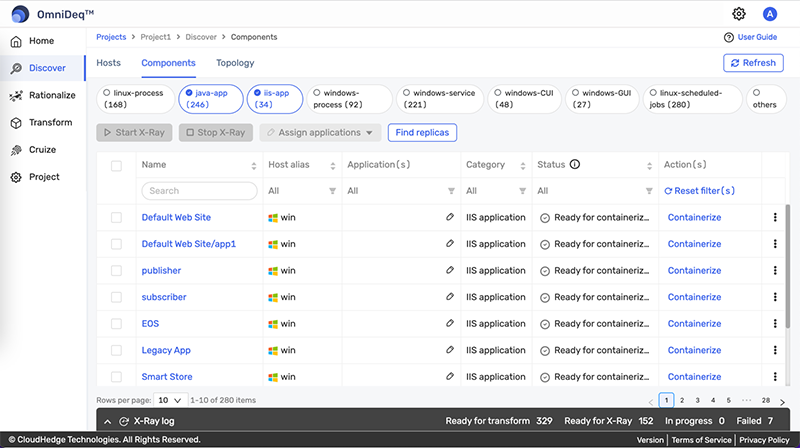
Figure 3: Application Components
Understanding which hosts are communicating together becomes critical during a modernization project as you aim to modernize the underlying application in its entirety. Figure 4 shows how we start identifying connected hosts and map their dependency directions. With this capability we can identify network connectivity dependencies by learning about the egress and ingress network traffic and offers the capability to determine the "blast radius" of each application host.
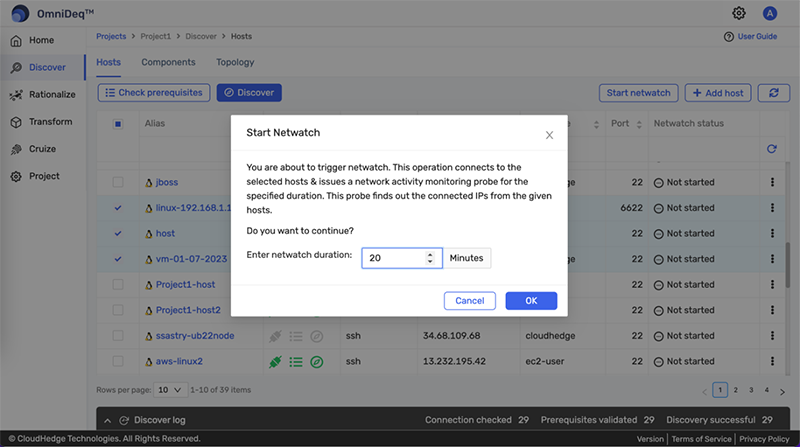
Figure 4: Application Dependancy Mapping
Figure 5 shows the results of the dependency mapping. This insight offers a comprehensive understanding of interconnectivity and potential impact areas for each component. The dependent hosts could be part of the chosen project or could be external. This helps early identification of critical connectivity risk that can be addressed/mitigated during the mobilize phase of a modernization project.
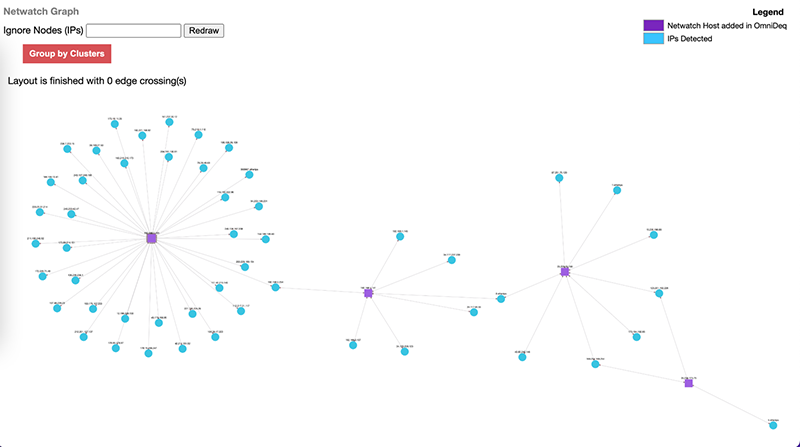
Figure 5: Application Dependancy Map
Even in scenarios where the organization has grown inorganically and does not want to spend time identifying the grouping, the platform's blast radius/dependency mapping capabilities help recommend the set of server hosts to be analyzed as a group. This targeted approach ensures a well-coordinated and structured start to the modernization process.
Step 2—Application Assessment & Deep Analysis
In this step, we delve into the assessment and deep analysis of your applications, evaluating their sustainability impact along with other critical factors. The analysis spans various dimensions, including End of Service (EoS) OS, App Servers, Databases, and more. This process involves auditing software component compatibility with AWS container environments, recognizing opportunities to migrate to open-source solutions, identifying potential transitions to managed databases, pinpointing connected hosts, and providing modernization recommendations based on the AWS 6Rs (Rehost, Replatform, Refactor, Retire, Replace, Rearchitect) of Modernization/Migration.
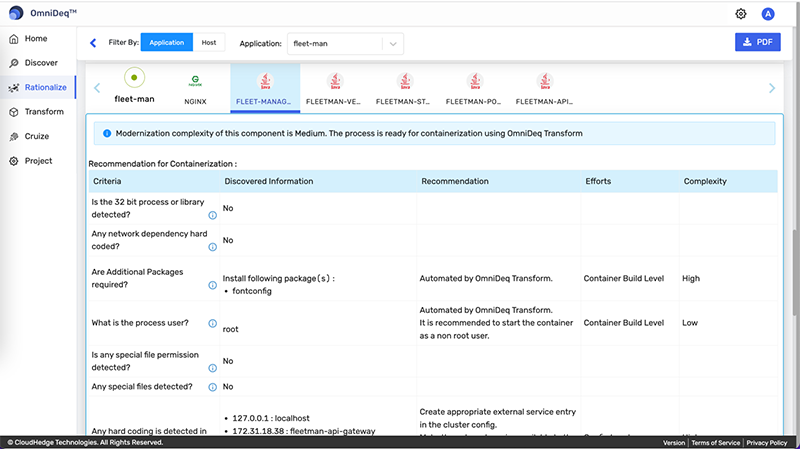
Figure 6: Modernization Recommendation w/ T-Shirt Sizing
Additionally, we need to assesses the complexity of application components for modernization. From the customer's perspective, three key analyses stand out:
- ・Modernization recommendations for different components: Tailored recommendations for modernizing various application components to AWS services are provided as shown in Figure 6. Along the horizontal banner we can see the different components and when selected we have a detailed modernization report.
- ・Component T-shirt sizing using complexity & risk analysis: Understanding the complexity and risk associated with each component's modernization will help with prioritization efforts.
- ・Sustainability Impact Assessment: This will provide visibility into an application's sustainability impact, considering factors such as carbon footprint reduction, energy efficiency, operational cost savings, resource optimization, and progress tracking toward sustainability goals. This assessment ensures your modernizating your applications to AWS will contribute to a greener and more cost-effective future.
Step 3—Portfolio Rationalization
After the comprehensive data collection in earlier two steps, you can review & assess the entire organization's suite of applications to determine which applications should be retained, replaced, retired, or consolidated. This process is called Portfolio Rationalization. The goal is to optimize and streamline the application portfolio to better align with the organization's current and future business needs while minimizing cost, complexity and redundancy.
The most critical factors in portfolio rationalization are:
- 1.Reducing Complexity: Over time, organizations tend to accumulate a multitude of applications, sometimes with overlapping functionalities. This creates an overly complex IT environment that's difficult to manage and navigate. Portfolio rationalization helps reduce this complexity by eliminating redundant applications and systems.
- 2.Cost Savings: Maintaining legacy systems can be costly in terms of both operational expenses and missed opportunities for leveraging newer, more efficient technologies. By identifying and retiring outdated or rarely used applications, companies can realize significant cost savings.
- 3.Alignment with Business Goals: As businesses evolve, so do their needs and strategies. Portfolio rationalization ensures that the application landscape is in sync with current business goals and objectives, fostering agility and responsiveness.
- 4.Optimize Resources: IT resources, both human and computational, are often stretched thin. By rationalizing the portfolio, organizations can ensure they're focusing their efforts and resources on applications that deliver the most value.
Following consultations with key stakeholders, application portfolio-level priorities are defined. This includes "go/no-go" decisions, ensuring modernization aligns with broader business objectives.
All these decisions, along with component discovery and analysis results, customer workshop outcomes, are recorded on the platform using the portfolio rationalization feature. The portfolio rationalization allows users to define applications, override recommendations to align with business priorities and assign modernization order for different applications. This is shown in Figure 7.
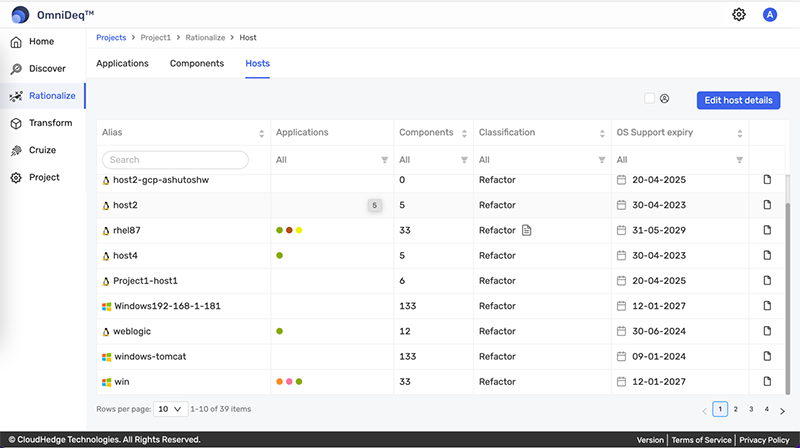
Figure 7: Portfolio Rationalization
Application owners, along with App modernization SMEs, define applications collaboratively. The comprehensive recording enables Application Owners and Overall App Portfolio Owners to delineate the scope and order of modernization projects.
Conclusion
This column highlights the challenges of achieving consistency and predictability in modernization on AWS. These challenges stem from complexity, lack of standardization, integration with existing systems, security, compliance concerns, and resource allocation. CloudHedge's approach towards modernization risk assessment brings standardization, consistency, security and compliance while optimizing resource allocation.
In essence, CloudHedge's application discovery and modernization process aims to deliver tailored, efficient solutions for your business to modernize to AWS Cloud. Leveraging this process allows you to identify strategic priorities, assess the feasibility of modernization, and make informed decisions regarding your application portfolio. Armed with these tools, you're equipped to shape your organization's technological evolution, fostering innovation, and ensuring long-term sustainability.
Ready to Redefine Your Application Landscape?
Are you ready to redefine your application landscape? Embark on your App Modernization journey today and drive your digital transformation effectively using our partner services. For additional information, please connect with us Inquiry | NTT DATA INTELLILINK Corporation
References:
- Note:Product names, company names and organization names in this text are generally trademarks or registered trademarks of each company.





